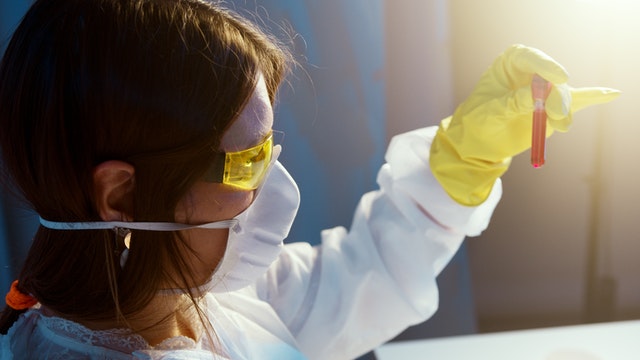
The blood type O has lower risk of COVID-19 according to a study published by Phillips University, Marburg.
The SARS-CoV-2 infection, which causes COVID-19, does not always show symptoms which can lead to severe consequences. Development of the disease depends on several factors and in coronavirus it involves formation of different types of chemical and physical bonds between the host cells and the virus. Previously, in the SARS-CoV infection, the study found that O-glycosylation played a major role in the development of the disease. Now, for SARS-CoV-2 infection, researchers have predicted that something similar might happen with O-glycoproteome being the infection’s critical component.
Peter Arend from Philipps University Marburg has proposed a theory about the occurrence of SARS-CoV-2 infection via carbohydrates binding to the blood groups. Once the virus is attached to the human cells through ACE2 protein, amino acid serine is critical of virus that is highly probable that the binding occurs through O-glycosylation. The symptoms of the disease occur more in individuals with non-O blood groups which suggest that the viral serine targets the ones with A, B and AB blood groups in glycosylation process. Therefore, the inborn immune system as well as its connection with ABO(H) blood groups can play a major role in SARS-CoV-2 infection.
The O type blood group has the least contact with the virus since it is bound only by the H-type antigen formation. The O blood group is the most protected group when it retains secondary IgG responses while losing the anti-H isoagglutinin. In the A blood group, the formation of anti-A and anti-H are blocked, levels of anti-B are low and IgG is not produced. Whereas, in B blood group, the formations of anti-B and anti-H are blocked while anti-A is low and IgG is not produced. Therefore, the AB blood group is the least protected one and has the strongest contact with the virus.






